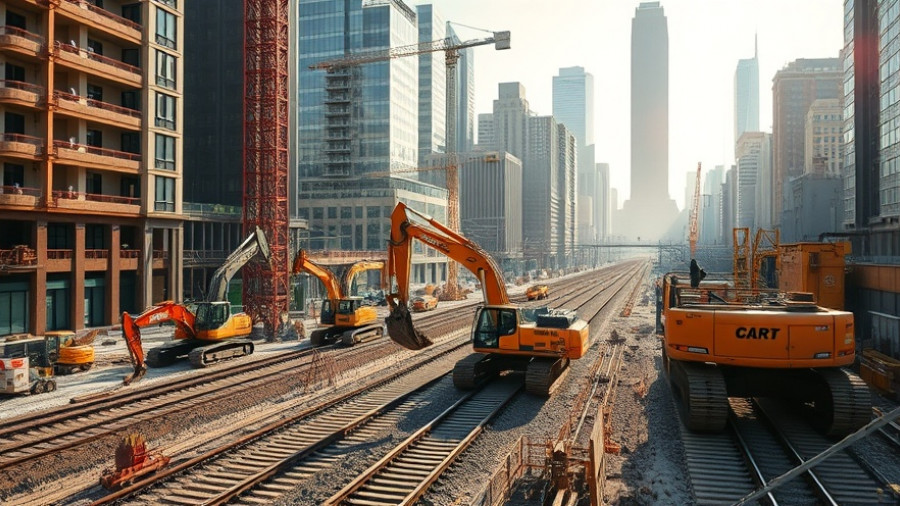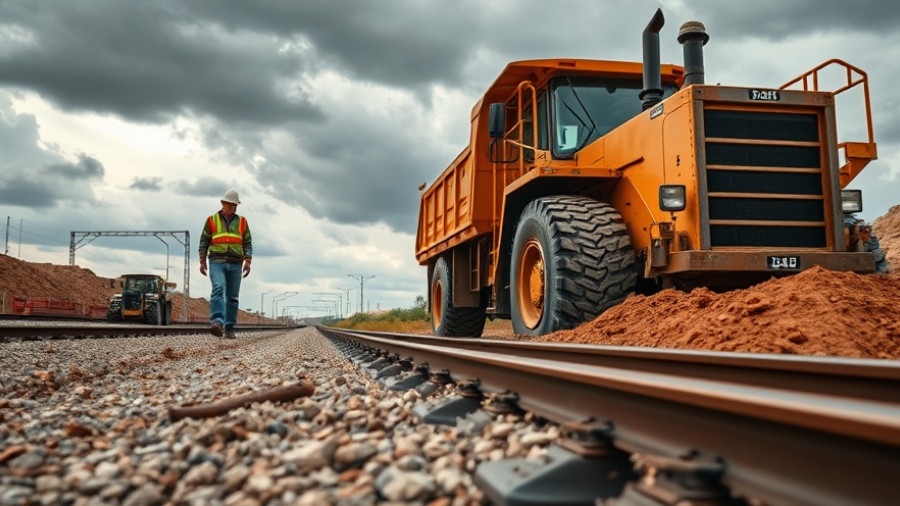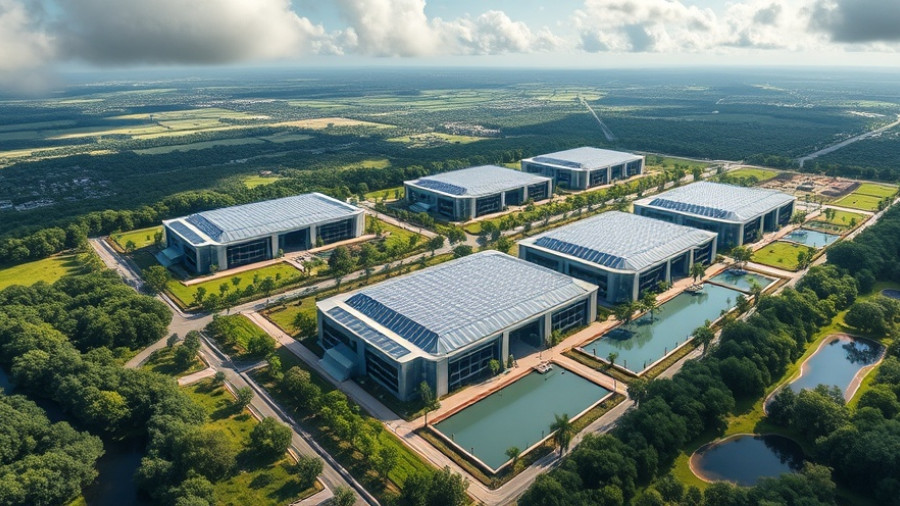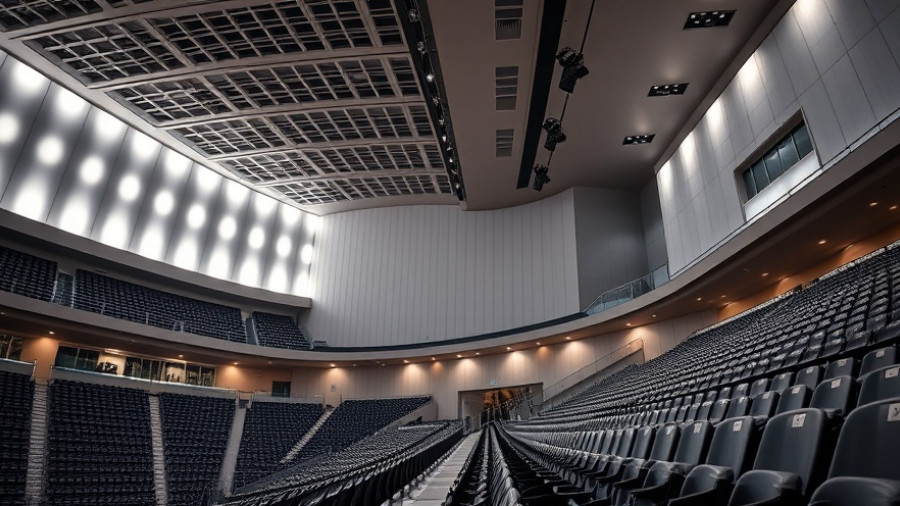
Unraveling the Future Plans for the Gateway Construction
The ongoing construction of the Gateway Project, which aims to enhance transport connectivity between New Jersey and New York, persistently moves forward despite turbulent political waters. Recently, President Trump claimed that his administration had ‘terminated’ funding for this $16 billion initiative, prompting questions about the future of such significant public infrastructure projects. Nonetheless, construction workers associated with the Gateway tunneling project report a steady pace, revealing the resilience of operations amidst presidential declarations.
High Stakes for Infrastructure Amid Political Landscape
In an environment characterized by significant federal uncertainty, the tunnel's general contractor, Tutor Perini, confidently asserts that operations will continue as planned, reflecting a core sentiment in construction management: stability is key. The company’s Senior Vice President, Jorge Casado, emphasized, “We are unaware of any change in approach,” highlighting their commitment to ongoing work on the Manhattan Tunnel Project, part of the broader Gateway Program designed to mitigate problems faced by public transport post-Superstorm Sandy.
Challenges from the Current Government Shutdown
Despite the ongoing construction, the current government shutdown, which has reached its third week, may sow seeds of long-term disruption. Construction professionals have indicated that while immediate work may progress, a prolonged stall on federal funding—nearly $18 billion earmarked for projects including Gateway and the Second Avenue Subway—poses a growing risk for future phases of work and project timelines. “This is an industry that likes stability,” remarked Carlo Scissura, CEO of the New York Building Congress. The looming threat of a chaotic operational environment makes monitoring political shifts imperative for stakeholders in the construction industry.
Political Contingencies and the Role of Federal Support
As Trump’s comments stirred tensions around the projects, confirmation from officials at the Department of Transportation has curbed some fears. While federal funding remains paused pending administrative reviews regarding contracting practices for diversity and equity, DOT officials continue to affirm that plans for both Gateway and the Second Avenue Subway projects are not scrapped. Uncertainty still reigns, though, as spurious signals from political leaders can lead to volatile shifts in project viability.
Implications for Stakeholders in Construction
For business owners, property developers, and facility managers, the stakes couldn’t be higher. The Gateway Project represents not just improved transport infrastructure but symbolizes broader economic revitalization. Stakeholders must navigate this complex and fast-evolving landscape—balancing investment opportunities with the inherent risks of governmental edicts. With implications for commuter accessibility and regional economic health, understanding the trajectory of the Gateway Project becomes essential for informed decision-making.
A Call for Vigilance in Construction Planning
Given the dynamic interplay of politics and infrastructure funding, C-suite executives in commercial construction must remain vigilant. The potential for long-term ramifications of halted projects emphasizes the necessity of ongoing engagement with policymakers and actively monitoring related developments. Construction firms are urged to develop contingency plans to mitigate risks stemming from uncertain funding environments.
By staying informed and prepared, construction stakeholders can capitalize on opportunities while ensuring projects like the Gateway are realized, ultimately benefitting their businesses and communities.
 Add Row
Add Row  Add
Add 




Write A Comment